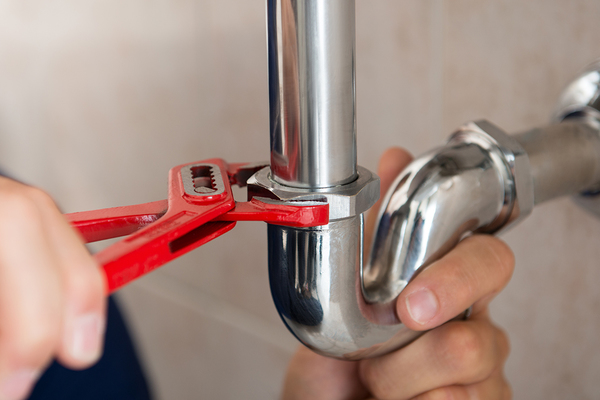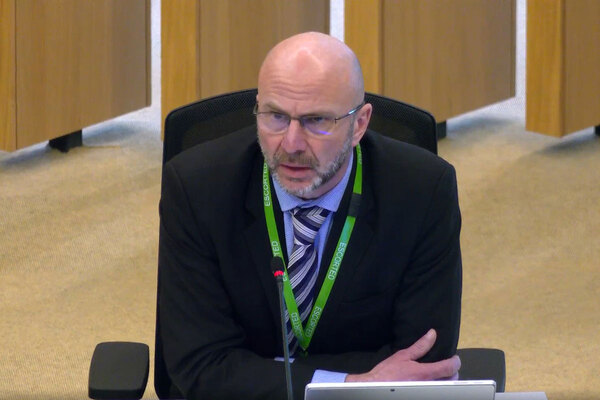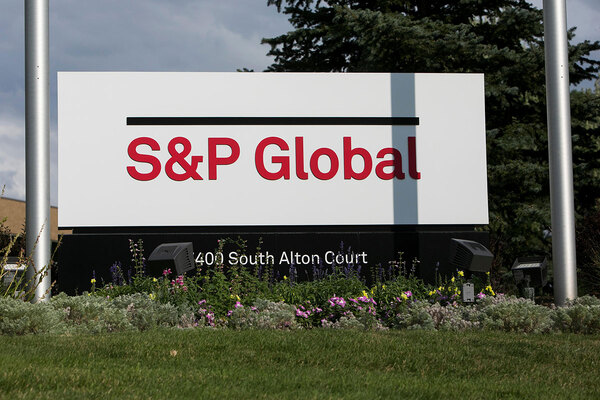The disrepair claims challenge
Disrepair claims against housing providers are increasingly common. Paul Lloyd from Capsticks Solicitors discusses how landlords can mitigate the risk of such claims as well as effectively manage them
In association with:

How big an issue are disrepair claims against social housing providers?
There has been a steady stream of disrepair claims targeted against providers of social housing for some time, but in recent years the numbers have increased significantly. Disrepair remains a rich source of work for claims firms, which exploit any potential gaps in housing and asset management.
It is true that some cases come about due to homes being in a state of disrepair, with repairs taking too long to implement. However, some claimant firms use strategies such as targeted door-knocking in specific geographical areas. This can lead to claims with little or no merit, which providers nonetheless have to expend time and money addressing.
This undermines the efficacy of internal resolution procedures and ultimately means that a significant price is paid to claimant firms – money that could otherwise be invested in housing stock and tenants. This becomes all the more frustrating given that costs paid to claimant solicitors are more often than not substantially higher than damages claimed for the tenant.
Disrepair claims are therefore worth examining as they represent a significant financial drain on providers. That’s not only through any costs paid to solicitors to represent providers in litigation, but also compensation paid, legal costs paid to the tenant’s legal representatives, expert survey fees, repairs that have to be expedited and so may be implemented at a premium, and the significant time invested by staff investigating and responding to allegations.
How do such claims generally come about?
Claims tend to come from one of two routes: a complaint or a claims firm’s approach to a tenant, either in person from door-knockers or via social media.
The claims that have been through the system or been an established source of discontent for some time are the ones that should be easier for providers to manage. There is forewarning that something is not right and that works and expectations have to be managed.
How can social housing providers manage and mitigate the risk of claims?
Having a plan is key. That plan will generally involve strengthening relationships with tenants and their trust in your organisation. This then means that when things do go wrong, it is more likely that it can be resolved without the tenant resorting to litigation.
Ensuring that repairs are undertaken and completed within a reasonable timeframe is, of course, a key duty of social landlords and recording information about this work is absolutely crucial. Each organisation and individual involved in repairs, including the contractors, must reliably complete their step in the process and record details carefully – allowing a consistent review of progress and the quality of repairs.
“If providers are able to put sufficient resource into communicating with residents, then they can deal with outstanding repairs and ongoing problems as they arise”
This information can also then be reviewed if complaints do arise. Linking the wealth of knowledge from housing management with asset management can greatly assist. When this sort of consolidation of information has taken place, it’s often easier to resolve cases more swiftly.
The changing form of housing management should make it easier for providers to protect against such claims. Since tenants are now more commonly contacted by telephone than in person, providers may find it easier to record information about any issues. Where repairs have been the focus of discussions, it can be easier to review and prioritise where repairs are needed.
Many large social housing providers have found benefit in designating disrepair co-ordinators, who build detailed pictures of how long a property has been lived in and how it has been maintained, including any repairs.
Paul Lloyd is a housing partner at Capsticks Solicitors, where he advises housing providers on interactions with residents, the Regulator of Social Housing and other stakeholders. Specific areas he focuses on include disrepair, anti-social behaviour, tenancy fraud, human rights issues and service charge cases.
How does the wider sector need to respond to the challenge of disrepair claims?
At Capsticks, we believe that greater knowledge-sharing about this issue can help reduce the risk of litigation. We have long sought collaboration between providers so that they can share experiences and work together to combat speculative claims. We ran the Housing Disrepair Best Practice Group, with significant input from the Ministry of Justice, looking at the breadth of claims tactics and mitigating strategies. Through this, a number of providers were able to review their policies and procedures to be more resilient in the face of the external landscape.
We also regularly run in-house training and update sessions with providers. Frontline staff and third-party contractors bear the brunt of processing repairs notifications and so explaining their role in organisational liability is important. We also cover the practicalities of how to prevent claims arising in the future – we believe that this is vital. This means underscoring the importance of record-keeping and of taking action if a tenant complains about their property, all in the context of the organisation’s overall approach.
What determines whether a disrepair claim is upheld? What responsibilities does each party hold?
It is important to bear in mind the key requirements of a disrepair claim. There needs to be an actionable repair which is reported to the landlord or the landlord’s agent and the works then fail to be completed within a reasonable timeframe such that it impacts how the tenant has lived in, or enjoyed, the property.
This does not, however, negate the tenant’s responsibility to take care of the property – behaving in what is referred to as a ‘tenant-like manner’. It is important to communicate what expectations this covers and to keep a record of such discussions.
A landlord has a legal right to access a property to carry out inspections and repairs. If tenants refuse, it is important to understand why and keep records of this.
How can social housing providers most effectively manage claims when they do arise?
Speed of response is key. It is important to access the property, carry out a survey or report and then action any works required – whether you believe you have had notice previously or not – within a reasonable timeframe. Sooner is always better than later.
Where access is denied, providers are entitled to obtain – via injunction – access to carry out inspections and repairs.
By the time cases get litigated, typically much of the evidence is a few years old. This, again, highlights the importance of making detailed digital or hard-copy notes about every repair, which can be referred to later.
During the coronavirus pandemic we have seen the increased use of technology to record and report repair issues, with tenants sending in photographs and videos. This can enable swift action once a complaint arises and be referred to in any future claim.
At the heart of this is the relationship between residents and landlords. If providers are able to put sufficient resource into communicating with residents, then they can deal with outstanding repairs and ongoing problems as they arise. It can be a difficult aspect to manage, talking about the maintenance of the stock with tenants, but is worth investing in to limit the quantity of disrepair claims.
Sign up for our asset management newsletter
Already have an account? Click here to manage your newsletters












